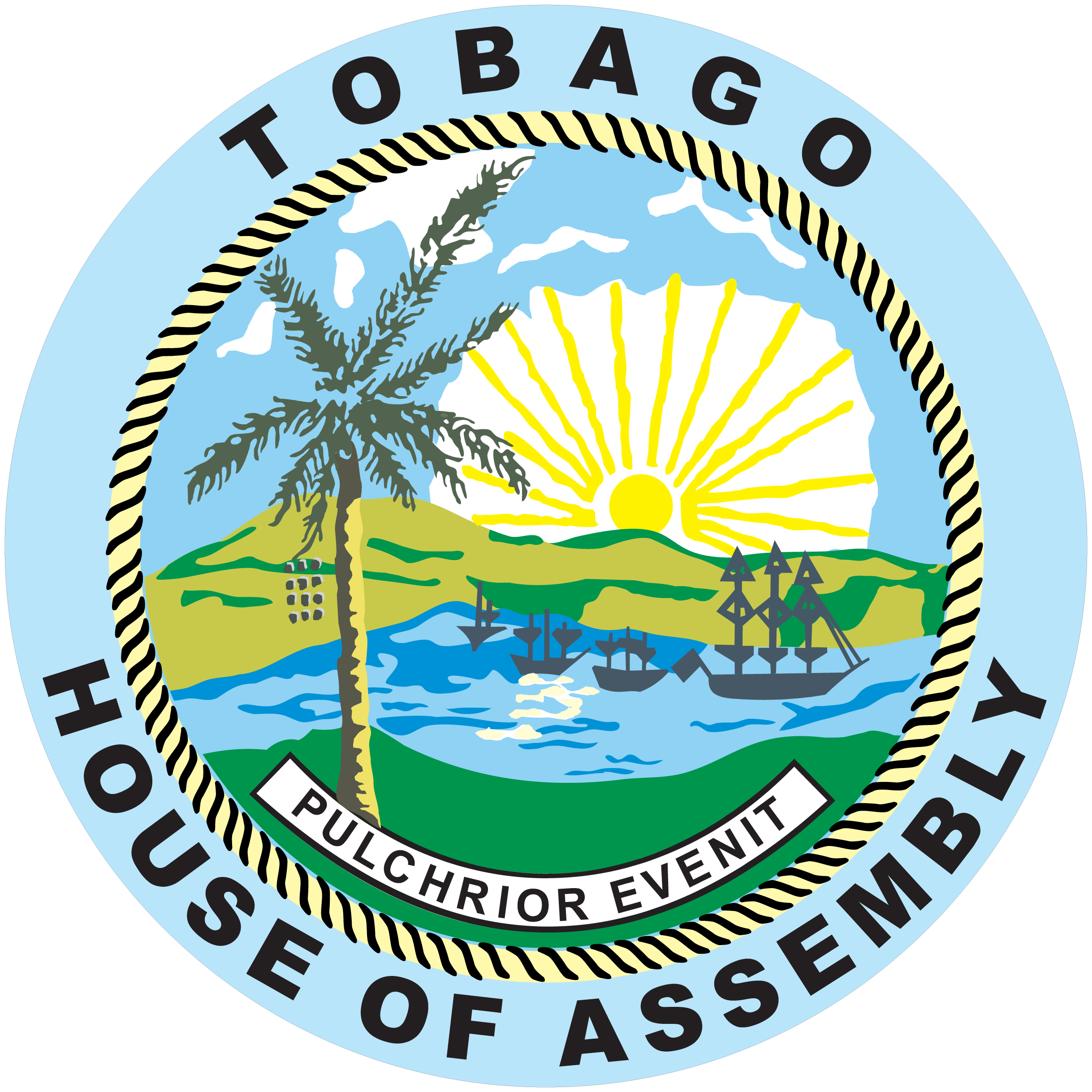Chief Secretary Orville London is happy with the level of urgency with which the Ministry of National Security is treating Tobago’s Sargassum problem.
London met with Minister of National Security Brigadier General Carlton Alphonso earlier today (August 5, 2015) after the Minister visited Speyside and had an aerial view of the area. The coastline is covered with intimidating mounds of decaying Sargassum, with lots more in the surrounding waters.
London thanked the Minister for taking the initiative to visit the area. The Minister also assured the Chief Secretary that the Defence Force, the Office of Disaster Preparedness Management (ODPM) and other agencies under his purview will assist in the clean-up efforts, to which the Tobago House of Assembly has already committed an initial $3 million.
“I think [the Minister] is very aware of not just the physical impact but the impact of this phenomenon on the quality of life of the people of Speyside,” London stated. “He agrees with us that this is something to be treated with as urgently as possible.
“And I’m happy that he has taken the position that something like this requires the joint resources of the THA and the Central Government and he has committed to doing what is necessary to ensure that we have the level of support and just as more importantly the level of collaboration (that we need).”
Alfonso said he was surprised at the extent of the Sargassum covering the coastline in several areas of Tobago and described what he saw.
“We went along the coastline and it’s bad,” the Minister stressed. “So you have some brown beaches now as opposed to white. But when we got to Speyside the first thing that hit me was the stench. Clearly the dead marine life (got) entangled in the seaweed, and it’s going to be so for some time to come; it’s not a small bit of seaweed as you would imagine.
“You would not have had the opportunity to fly over Tobago as I did, so it is bad. When I spoke to some of the people in Speyside, clearly there are concerns about health hazards, as one person put it. I’ve given Mr London the assurance that the Defence Force will assist.”
QUICK FACTS ON SARGASSUM SEAWEED
What is Sargassum seaweed? Sargassum is one of two species of brown algae commonly found in the Caribbean. It does not attach to the ocean floor, and its movements depend on ocean currents.
What causes the influx in Sargassum? Sargassum originates from the Sargasso Sea in the open North Atlantic Ocean near Bermuda, as well as the Northern Gulf of Mexico. This sea is estimated to hold up to 10 million metric tons of Sargassum.
Why is it spreading? Its spread through the Caribbean is due to a rise in water temperatures and low winds, which affect ocean currents; research also links it to pollution and global climate change.
Is it harmful? Although it can smell as it decomposes, Sargassum is not toxic to humans. It does not sting, although it leaves a black layer underneath as it decomposes on the beach.
Will the influx happen all year round? Sargassum does not necessarily affect the same location in the Caribbean all year. It is transported by currents, which means it affects multiple locations across the region at different times of the year.
Will the Sargassum influx occur every year? This is not known for sure, but currently proposed efforts to develop prediction and alert systems would help answer this important question. Signs from the Eastern Caribbean suggest we’ll be seeing Sargassum in the region periodically in 2015.
Is it a problem to leave it to rot on the beach? Sargassum occurs naturally on beaches, albeit in smaller quantities, and plays a role in beach nourishment and shoreline stability. Sand dune plants need nutrients from the Sargassum and it also provides sea life on which sea birds feed.
Is it necessary to have Sargassum? It is also an essential habitat for over 250 species of fish and invertebrates and is therefore integral to marine life, particularly endangered and migratory species like sea turtles and whales.
Are there any uses for Sargassum? Human beings have been known to used Sargassum for a variety of purposes, including fertiliser and as insect repellent, while in some Asian territories, it is a source of food and also medicine, and even as a plant bio stimulant.
